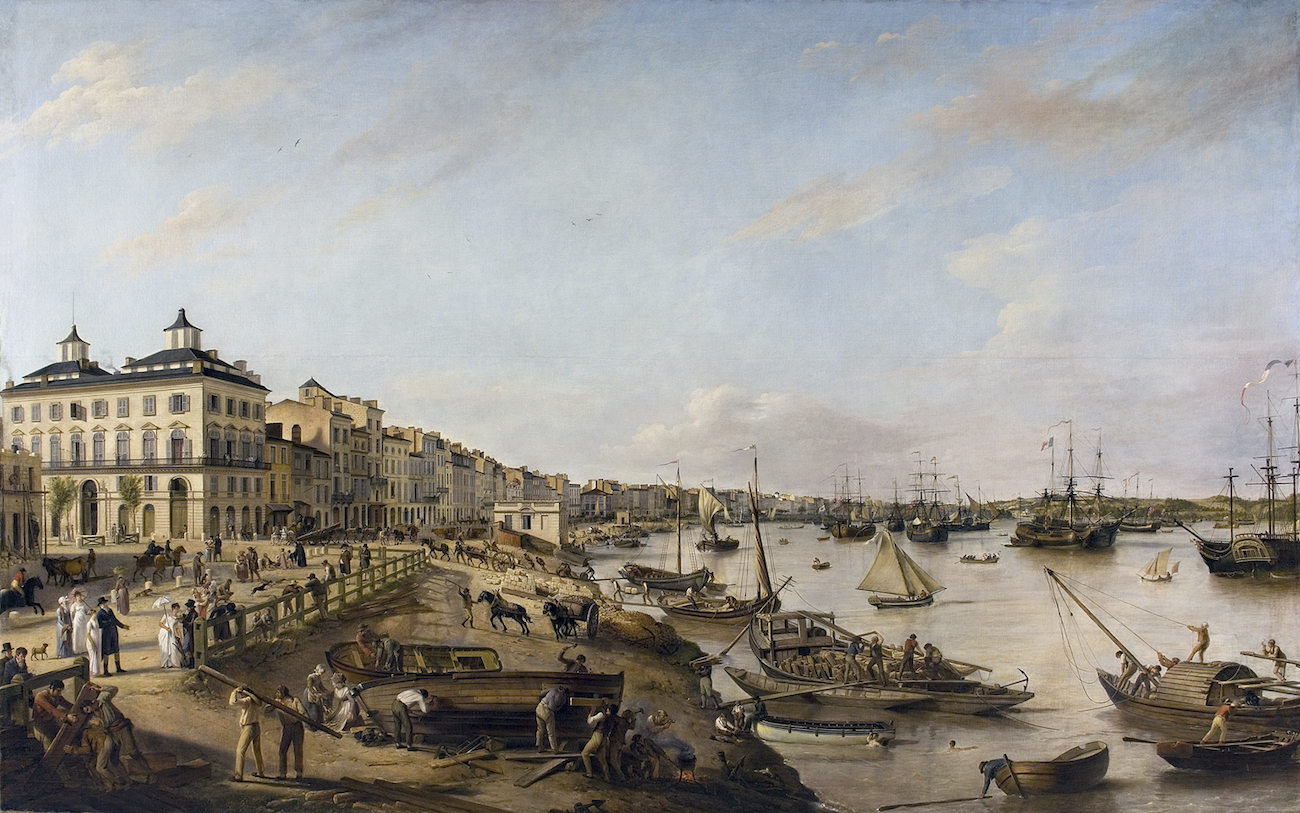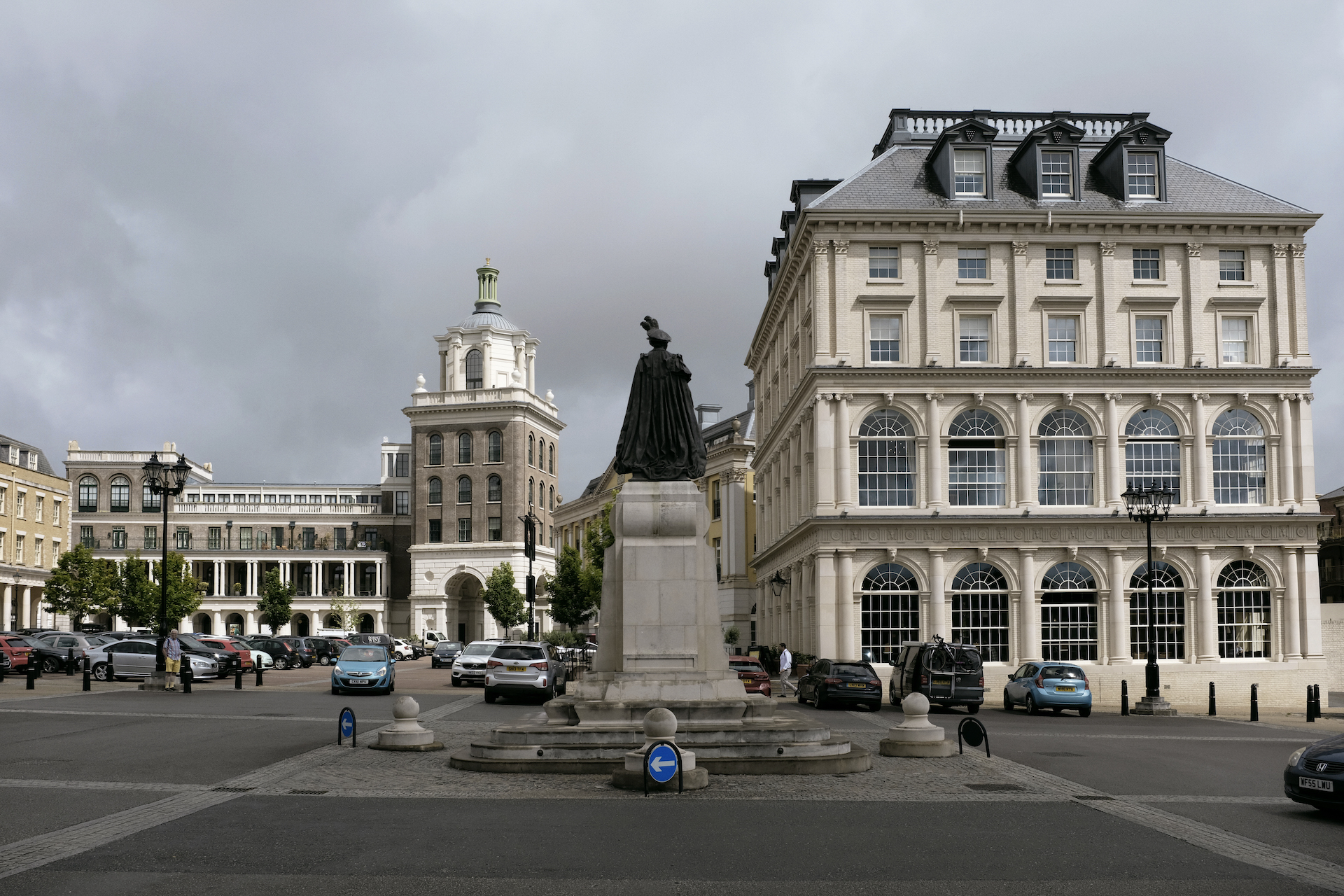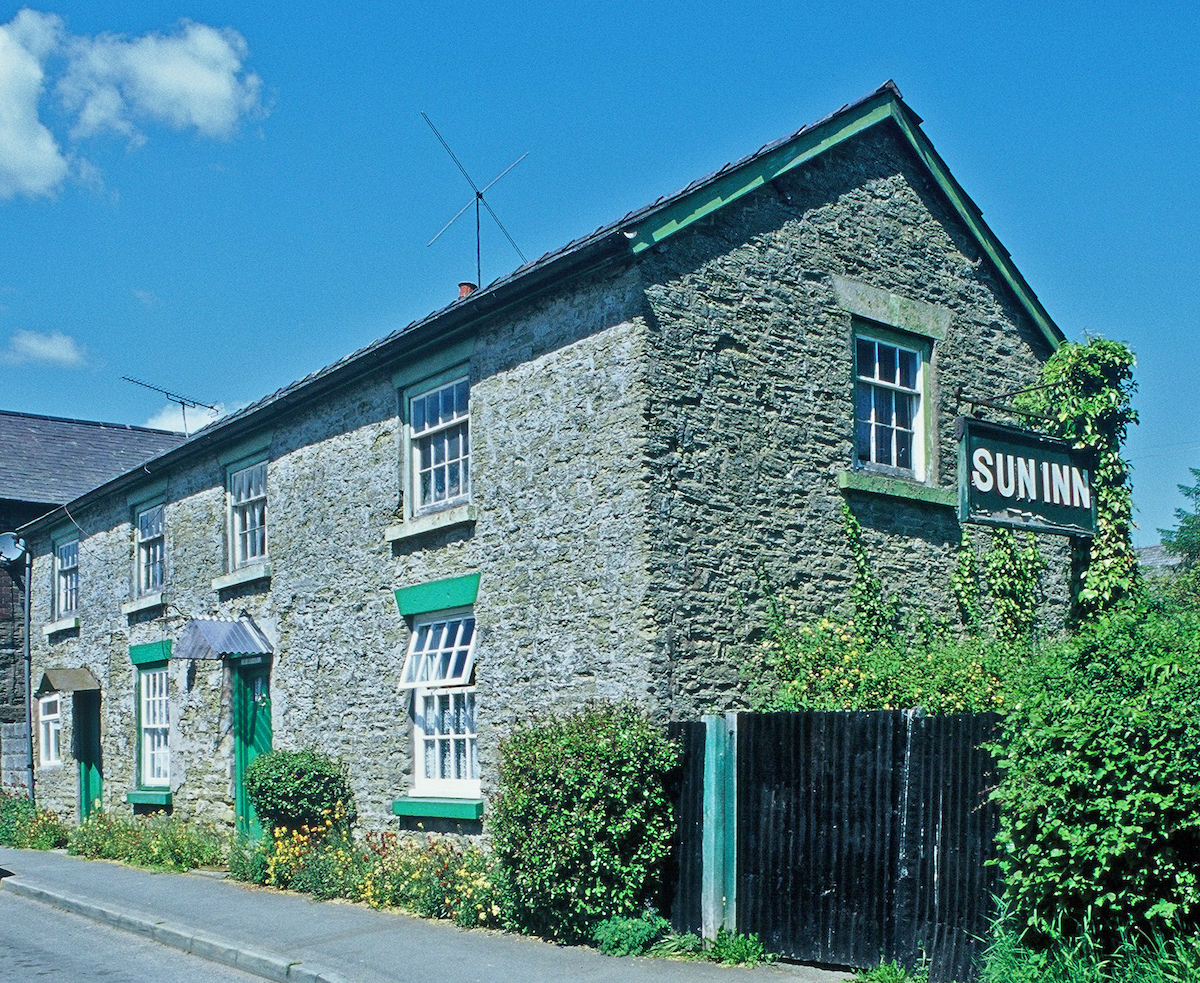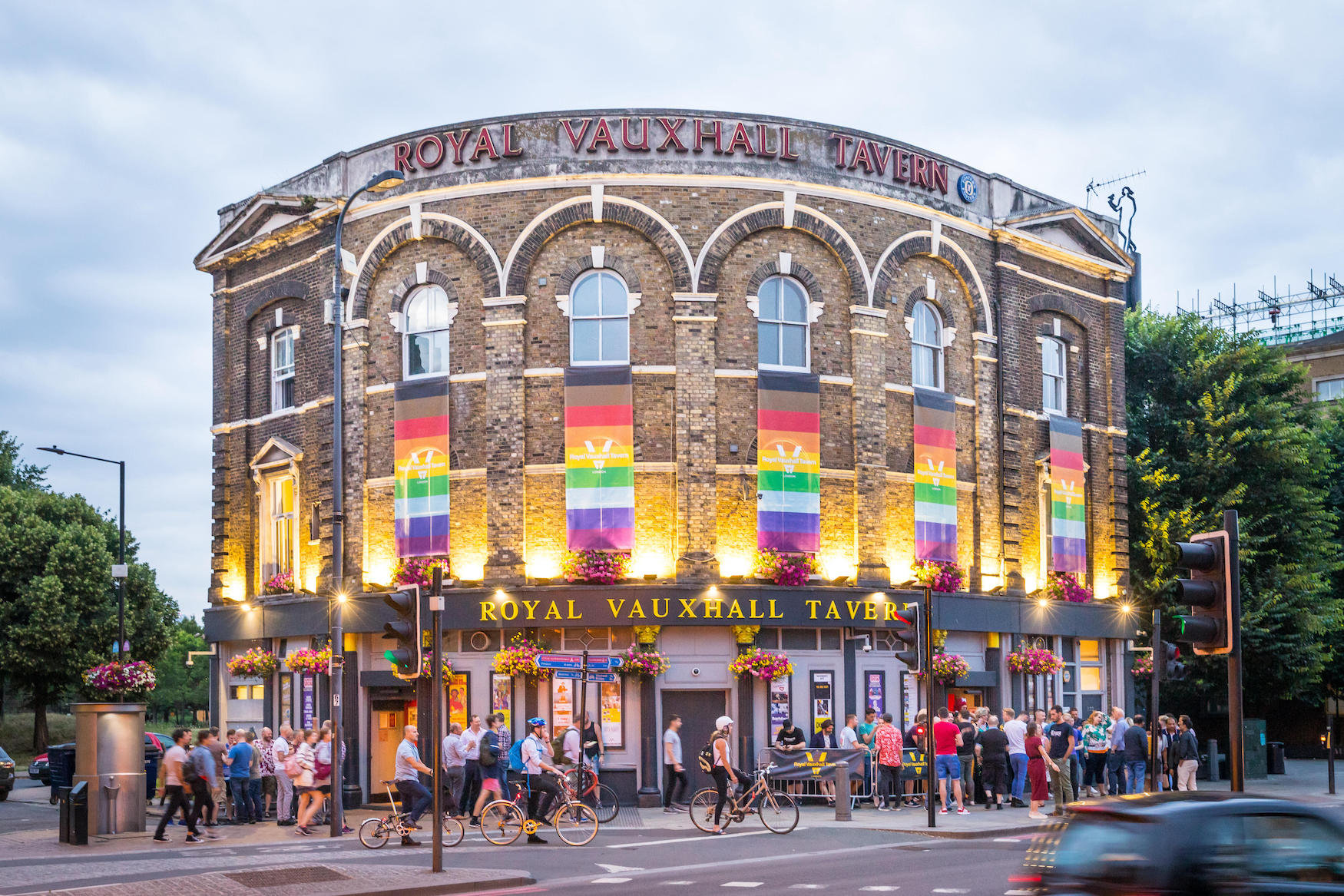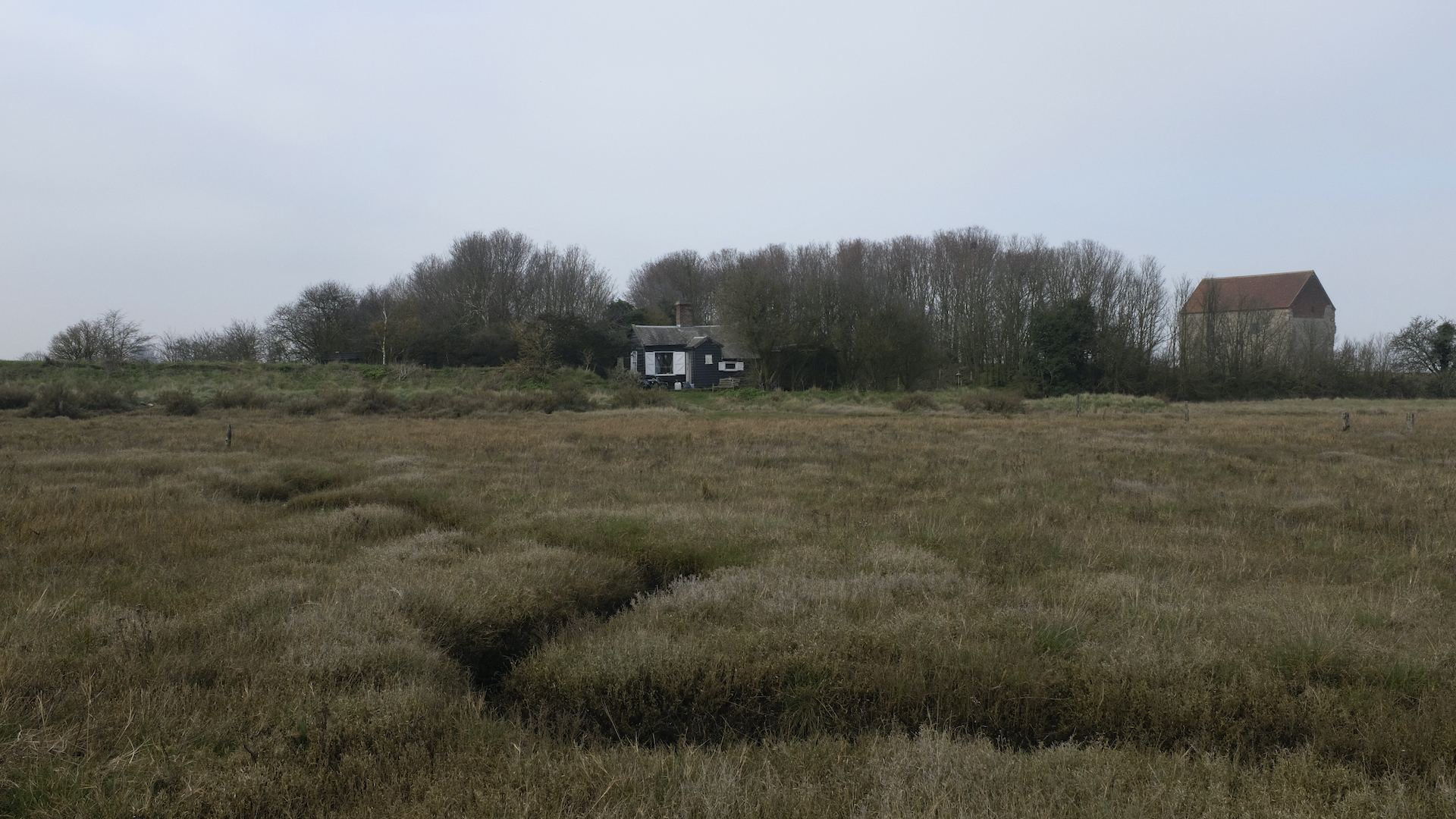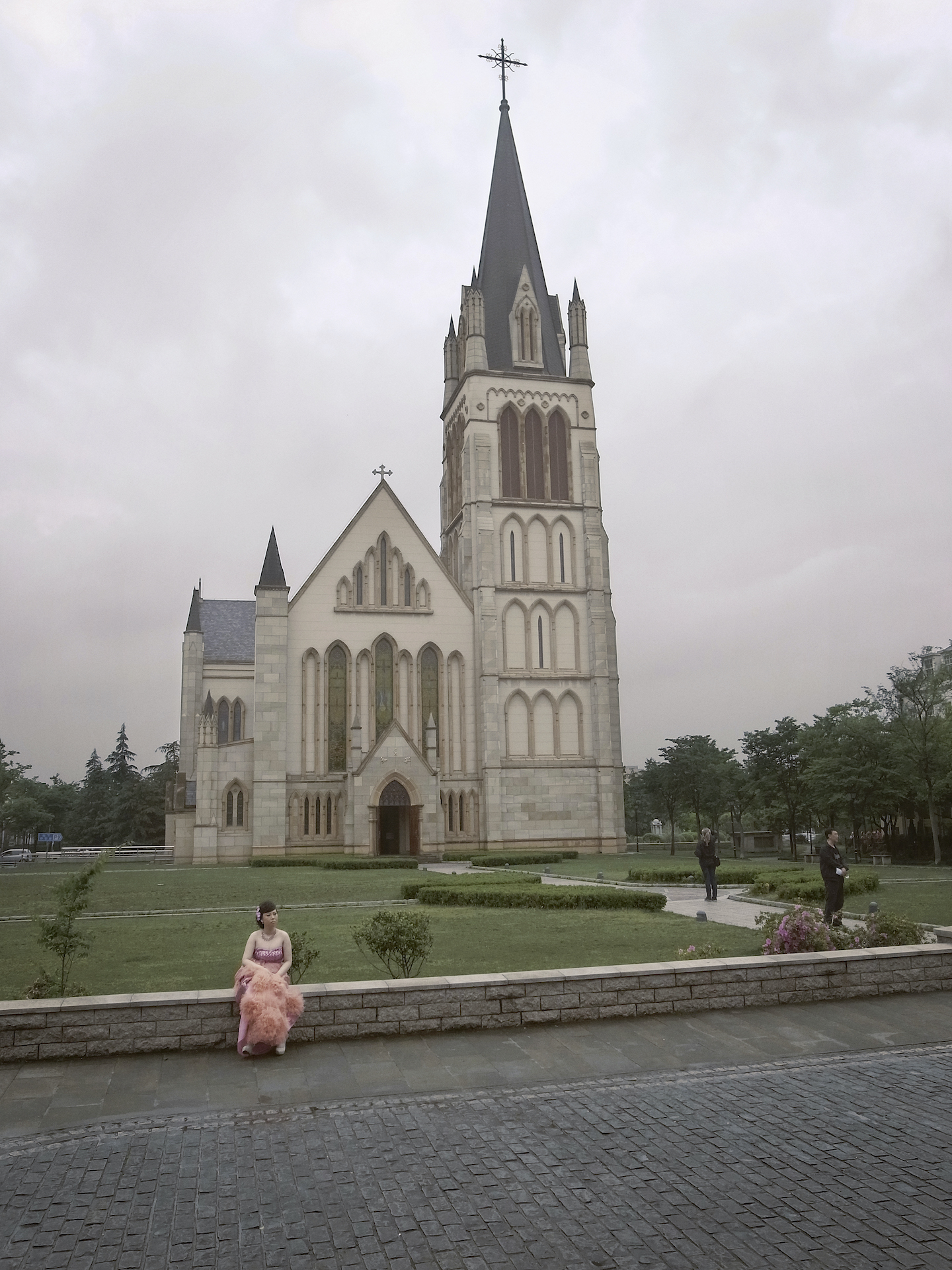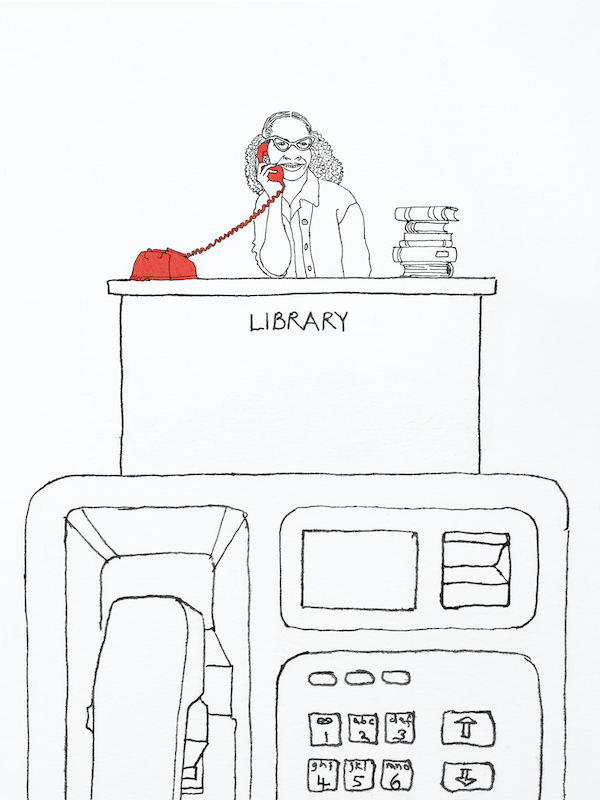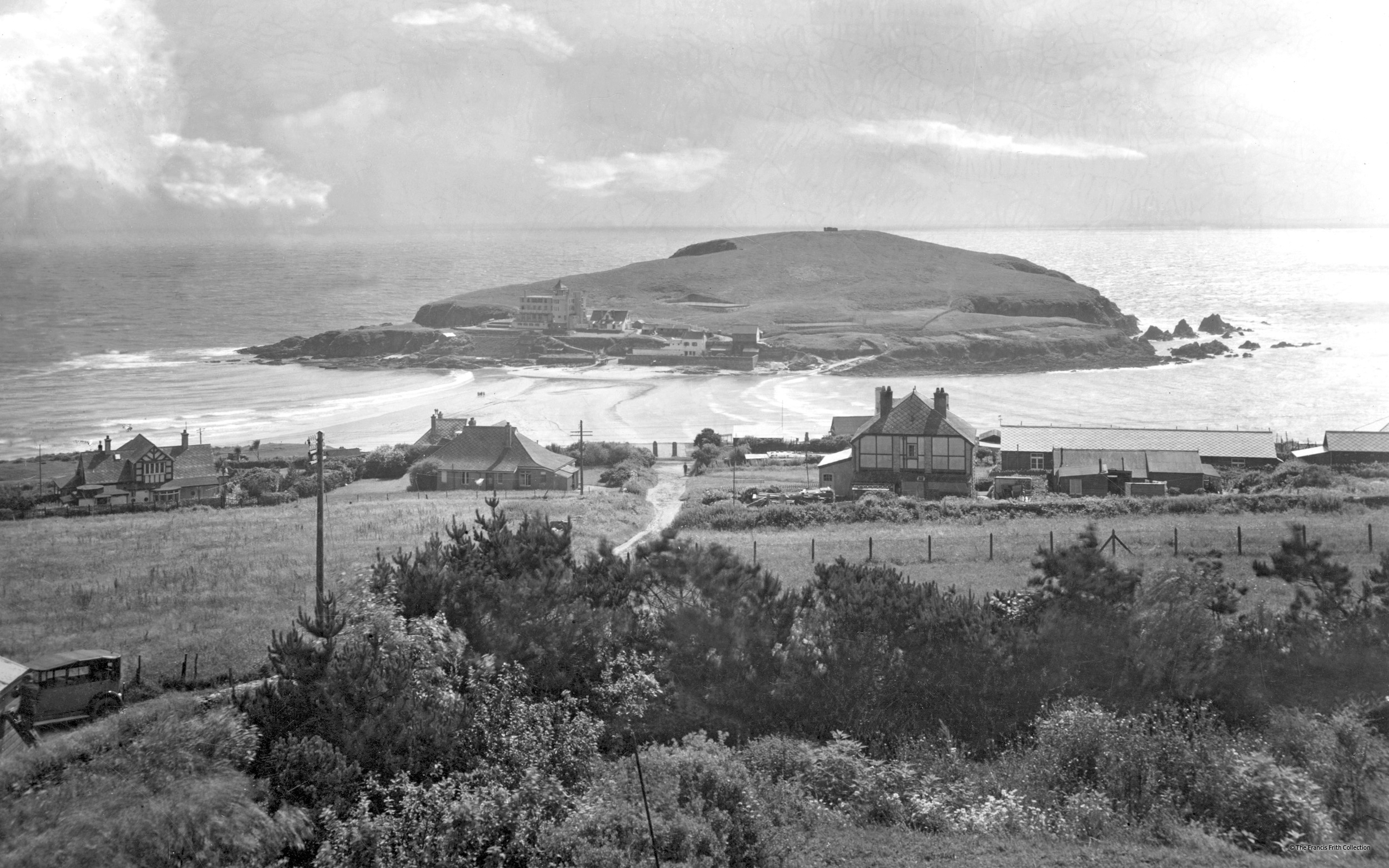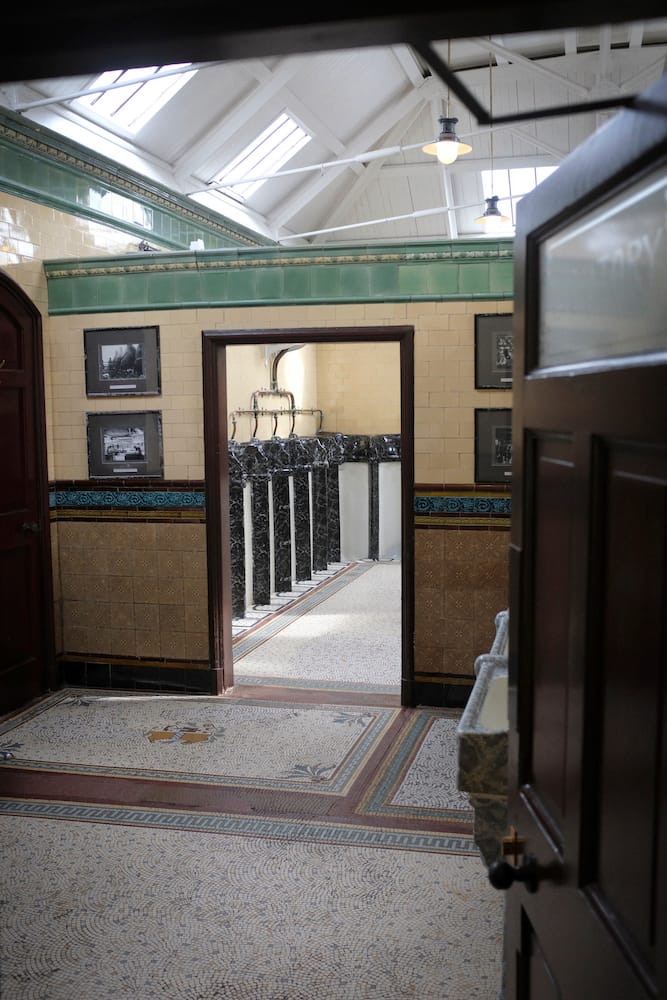





Images and words by The Coracle
Public toilets are often grim but the Victorians built some beautiful cludgies that once welcomed the steaming drunk hordes from Glasgow.
Rothesay’s conveniences sit at the head of the pier, in the Isle of Bute’s palm fringed main bay. Built in 1899, they welcomed Victorian tourists who’d been holding it in on the slow paddle steamer from Glasgow, ‘doon the watter’. In 1853, years before the phrase ‘booze cruise’ was coined, pubs were banned from Sunday opening in Scotland. Pleasure craft like paddle steamers were exempt, resulting in a lot of Glaswegians taking the party boat to Bute. This is where the phrase ‘steaming drunk’ originates from. By 1913 there were up to 100 steamers a day, which is a lot of drunk people needing a wee wee.
Civic splendour and social responsibility seem to have been the key drivers for building public lavs. The 1858 Great Exhibition in London had landmark public conveniences in its refreshment rooms. George Jennings, who supplied them, lobbied the government to build more but progress was slow.
By 1895 though, his public urinals graced the streets of Paris, Madrid, Florence and Sydney, as well as 36 towns across the UK. Built of slate and often underground they advertised their presence with cast iron arches, railings and pergolas that can still be seen or cottaged in today. He also devised the central pillar of urinals that’s the crowning glory of Bute. Back then, Britain ruled the sanitary waves.
Social responsibility normally didn’t extend to women. Possibly because they weren’t supposed to be seen going to the toilet, more likely this ‘urinary leash’ prevented them from travelling far from home, for work or pleasure, or even just to get steaming drunk. What did people do before public toilets? Don’t even think about it.
Those Victorians were very good at grand public infrastructure projects like bridges, train stations and town halls. Presumably, some toilets were a piece of piss for them. What toilets they are though. Thomas Twyford’s tiling has been described by Lucinda Lambton in her book Temples of Convenience as ‘the most beautiful in the world’. The ceramic of the urinals is called Adamant, obviously not after the 1980s pop star. The interior was finished off with polished copper piping, mosaic floors and black marble. How elegant it looks when 20 men are standing at the urinals is debatable.
The steaming rush to visit Bute was gradually dented by package holidays abroad. Despite a visit from Prince Charles, the Duke of Rothesay, and the addition of facilities for women in the 1990s, the town itself feels a little past its heyday. It does have some cracking bars though and the toilets are a good place to make use of after a couple of pints in Mac’s or the Golfers, even on a Sunday.
The toilets are open from at least 8am – 5pm every day. The ladies toilets are shamefully plain and modern but women can normally have a peek in the gents without any bother.
Mac’s Bar is a wonderful old Scottish back street boozer, full of friendly locals and women’s football memorabilia
Public toilets in the UK are on the wane, 700 have closed since 2010. The ones that haven’t been padlocked have been repurposed into florists, cocktail bars or galleries. Charming or annoying, depending on your needs.
*The quote at the top is from the classic book on toilets: Temples of Convenience, written and photographed by Lucinda Lambton and worth every penny.






Images and words by The Coracle
Public toilets are often grim but the Victorians built some beautiful cludgies that once welcomed the steaming drunk hordes from Glasgow.
Rothesay’s conveniences sit at the head of the pier, in the Isle of Bute’s palm fringed main bay. Built in 1899, they welcomed Victorian tourists who’d been holding it in on the slow paddle steamer from Glasgow, ‘doon the watter’. In 1853, years before the phrase ‘booze cruise’ was coined, pubs were banned from Sunday opening in Scotland. Pleasure craft like paddle steamers were exempt, resulting in a lot of Glaswegians taking the party boat to Bute. This is where the phrase ‘steaming drunk’ originates from. By 1913 there were up to 100 steamers a day, which is a lot of drunk people needing a wee wee.
Civic splendour and social responsibility seem to have been the key drivers for building public lavs. The 1858 Great Exhibition in London had landmark public conveniences in its refreshment rooms. George Jennings, who supplied them, lobbied the government to build more but progress was slow.
By 1895 though, his public urinals graced the streets of Paris, Madrid, Florence and Sydney, as well as 36 towns across the UK. Built of slate and often underground they advertised their presence with cast iron arches, railings and pergolas that can still be seen or cottaged in today. He also devised the central pillar of urinals that’s the crowning glory of Bute. Back then, Britain ruled the sanitary waves.
Social responsibility normally didn’t extend to women. Possibly because they weren’t supposed to be seen going to the toilet, more likely this ‘urinary leash’ prevented them from travelling far from home, for work or pleasure, or even just to get steaming drunk. What did people do before public toilets? Don’t even think about it.
Those Victorians were very good at grand public infrastructure projects like bridges, train stations and town halls. Presumably, some toilets were a piece of piss for them. What toilets they are though. Thomas Twyford’s tiling has been described by Lucinda Lambton in her book Temples of Convenience as ‘the most beautiful in the world’. The ceramic of the urinals is called Adamant, obviously not after the 1980s pop star. The interior was finished off with polished copper piping, mosaic floors and black marble. How elegant it looks when 20 men are standing at the urinals is debatable.
The steaming rush to visit Bute was gradually dented by package holidays abroad. Despite a visit from Prince Charles, the Duke of Rothesay, and the addition of facilities for women in the 1990s, the town itself feels a little past its heyday. It does have some cracking bars though and the toilets are a good place to make use of after a couple of pints in Mac’s or the Golfers, even on a Sunday.
The toilets are open from at least 8am – 5pm every day. The ladies toilets are shamefully plain and modern but women can normally have a peek in the gents without any bother.
Mac’s Bar is a wonderful old Scottish back street boozer, full of friendly locals and women’s football memorabilia
Public toilets in the UK are on the wane, 700 have closed since 2010. The ones that haven’t been padlocked have been repurposed into florists, cocktail bars or galleries. Charming or annoying, depending on your needs.
*The quote at the top is from the classic book on toilets: Temples of Convenience, written and photographed by Lucinda Lambton and worth every penny.

Images and words by The Coracle
Public toilets are often grim but the Victorians built some beautiful cludgies that once welcomed the steaming drunk hordes from Glasgow.
Rothesay’s conveniences sit at the head of the pier, in the Isle of Bute’s palm fringed main bay. Built in 1899, they welcomed Victorian tourists who’d been holding it in on the slow paddle steamer from Glasgow, ‘doon the watter’. In 1853, years before the phrase ‘booze cruise’ was coined, pubs were banned from Sunday opening in Scotland. Pleasure craft like paddle steamers were exempt, resulting in a lot of Glaswegians taking the party boat to Bute. This is where the phrase ‘steaming drunk’ originates from. By 1913 there were up to 100 steamers a day, which is a lot of drunk people needing a wee wee.

Civic splendour and social responsibility seem to have been the key drivers for building public lavs. The 1858 Great Exhibition in London had landmark public conveniences in its refreshment rooms. George Jennings, who supplied them, lobbied the government to build more but progress was slow.
By 1895 though, his public urinals graced the streets of Paris, Madrid, Florence and Sydney, as well as 36 towns across the UK. Built of slate and often underground they advertised their presence with cast iron arches, railings and pergolas that can still be seen or cottaged in today. He also devised the central pillar of urinals that’s the crowning glory of Bute. Back then, Britain ruled the sanitary waves.

Social responsibility normally didn’t extend to women. Possibly because they weren’t supposed to be seen going to the toilet, more likely this ‘urinary leash’ prevented them from travelling far from home, for work or pleasure, or even just to get steaming drunk. What did people do before public toilets? Don’t even think about it.
Those Victorians were very good at grand public infrastructure projects like bridges, train stations and town halls. Presumably, some toilets were a piece of piss for them. What toilets they are though. Thomas Twyford’s tiling has been described by Lucinda Lambton in her book Temples of Convenience as ‘the most beautiful in the world’. The ceramic of the urinals is called Adamant, obviously not after the 1980s pop star. The interior was finished off with polished copper piping, mosaic floors and black marble. How elegant it looks when 20 men are standing at the urinals is debatable.

The steaming rush to visit Bute was gradually dented by package holidays abroad. Despite a visit from Prince Charles, the Duke of Rothesay, and the addition of facilities for women in the 1990s, the town itself feels a little past its heyday. It does have some cracking bars though and the toilets are a good place to make use of after a couple of pints in Mac’s or the Golfers, even on a Sunday.

The toilets are open from at least 8am – 5pm every day. The ladies toilets are shamefully plain and modern but women can normally have a peek in the gents without any bother.
Mac’s Bar is a wonderful old Scottish back street boozer, full of friendly locals and women’s football memorabilia
Public toilets in the UK are on the wane, 700 have closed since 2010. The ones that haven’t been padlocked have been repurposed into florists, cocktail bars or galleries. Charming or annoying, depending on your needs.

*The quote at the top is from the classic book on toilets: Temples of Convenience, written and photographed by Lucinda Lambton and worth every penny.

